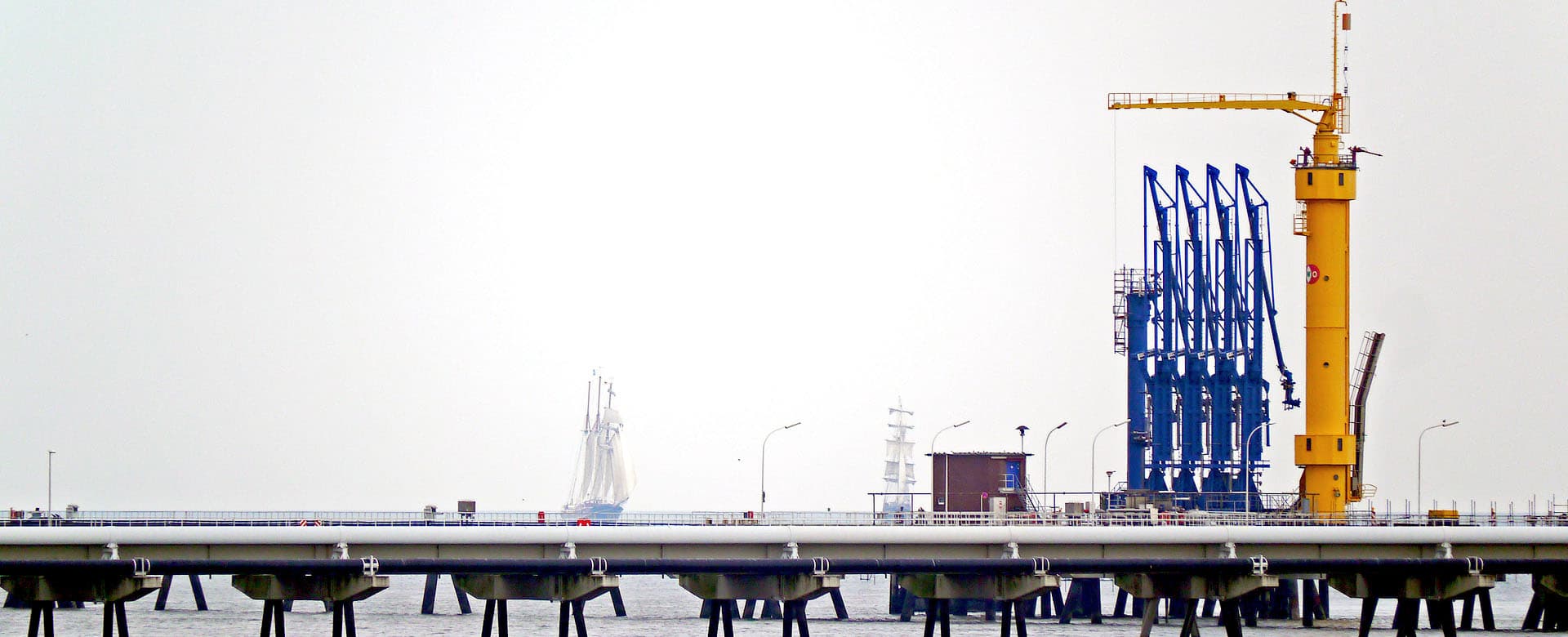Frequently Asked Questions of Fire Resistant Paint
The coat covers the fuel component of the fire triangle when fire-resistant paint is added to the surface; the heat generated from the flames causes the paint to release a fire-dampening gas on contact with fire-resistant paint, which in effect prevents the fire from fully developing.
- Fill 2 quarters of water in a bucket
- Along with 3 tbsp, mix 1/2 cup zinc chloride and 1/4 cup ferric chloride into the bath. Each of ammonium phosphate and boric acid.
- Thoroughly mix the ingredients. Paint or spray the mixture onto your wood in two to three coats to protect it from flames.
Fire-resistant coatings are applied like materials that are inert at low temperatures but are sealed at temperatures usually around 200-250 ° C as a result of a complex chemical reaction. The steel products will not be affected at these temperatures.
Steel is non-combustible, spark-resistant material and will not fuel a fire. On average, wood structural components or construction components are ranked third as the first-fired element in domestic fires by the National Fire Protection Association.
The material which is resistant to fire fills the gap between each wall. Water vapor is released when heated during burning which helps to keep the healthy cool inside. Fireproof safes are designed to reduce the heat transmitted from outside to inside




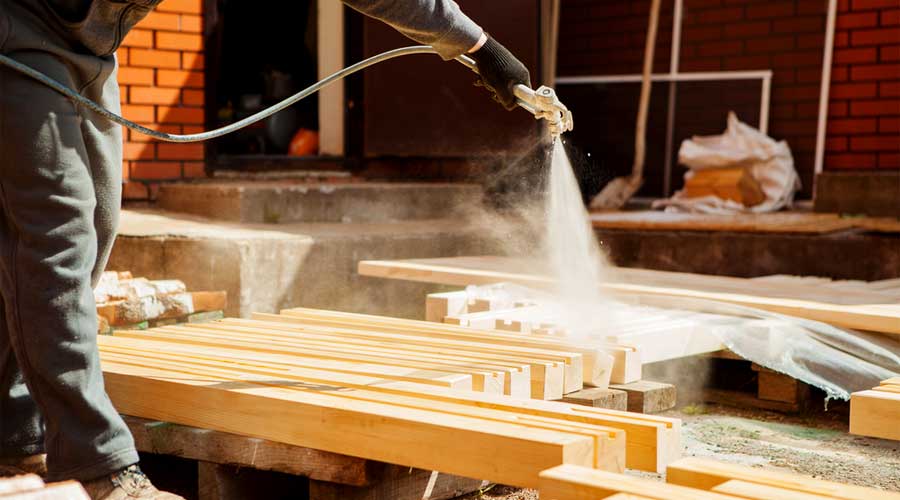











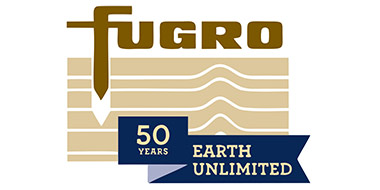


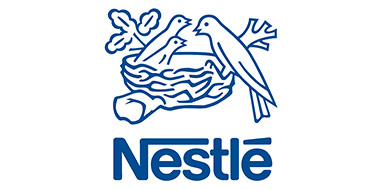

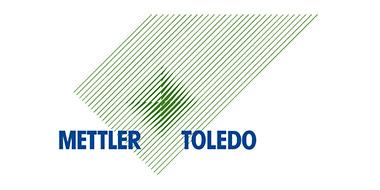











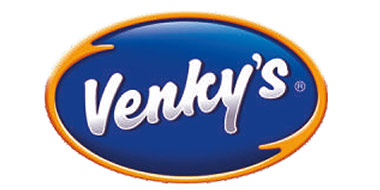


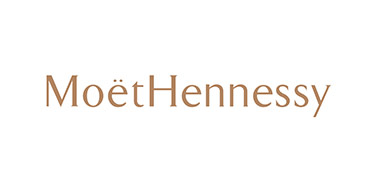








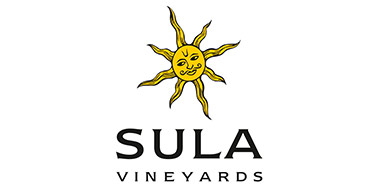


















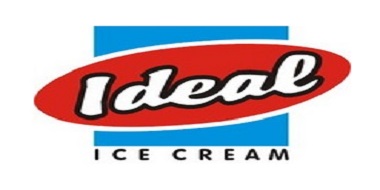




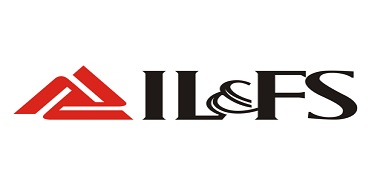
















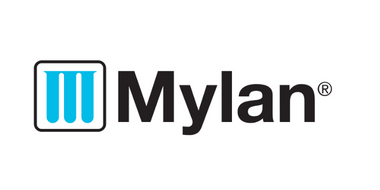










.png)

